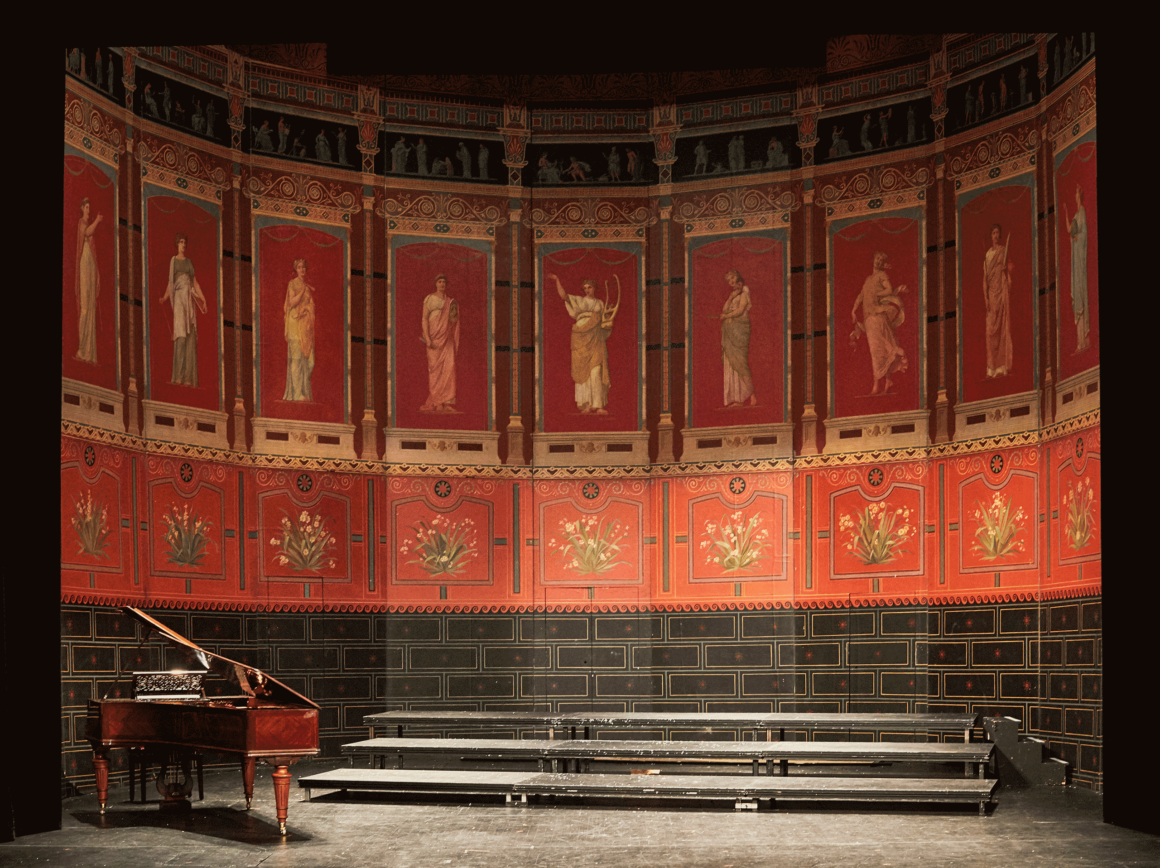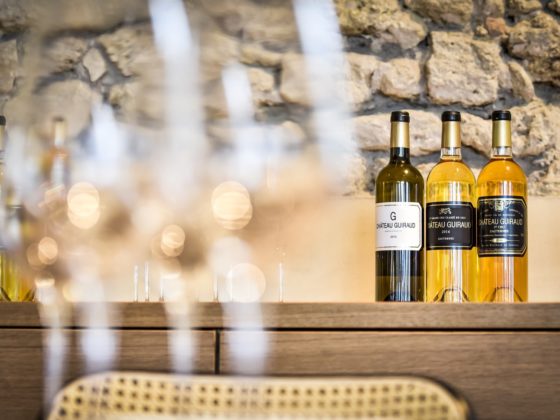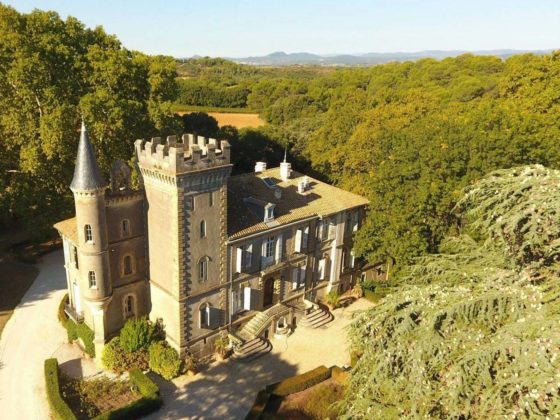Not far from the Place de l’Opéra, the Conservatoire National Supérieur d’Art Dramatique perpetuates its know-how with aspiring actors, who explore an endless art.
By Timothé Guillotin
The apprentice actor who enters 2bis, rue du Conservatoire for the first time must experience a particular sensation. It must be admitted that the place is impressive with its Theater decorated by Alexis Mazerolle, the hall of columns and the majestic library whose manager in the middle of the 19th century was none other than Hector Berlioz. In addition to the pride of being part of the cream of the actor’s profession, the newcomer undoubtedly feels a form of vertigo in the face of what we could call the weight of names… Only few schools in the Republic can boast such a prestigious alumni list. From François-Joseph Talma, Napoleon’s favorite actor, to Jean-Paul Belmondo and his gang, not to mention Gérard Philippe, Jeanne Moreau, Juliette Binoche, Isabelle Hupper and Francis Huster, they have all walked the boards of the now famous Conservatoire National Supérieur d’Art Dramatique. In another genre, we could even add Beethoven, who before becoming the virtuoso we know, presented his symphonies here for the first time.
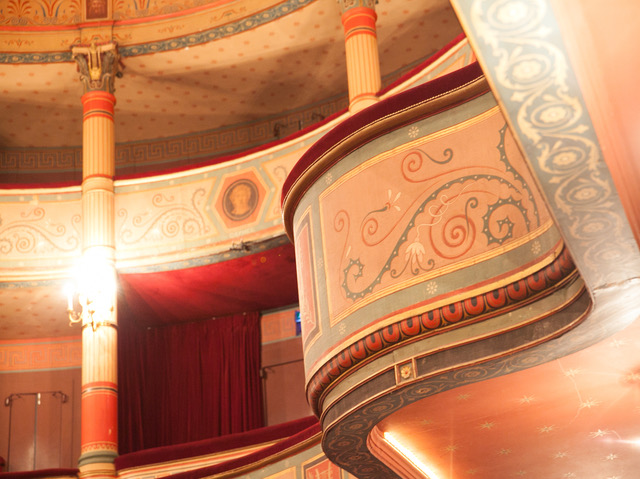
After the emotion linked to this myriad of artists, each more famous than the other, comes what is commonly called the weight of history. Surprisingly, that of the CNSAD began under another name: the Royal School of Singing and Declamation, founded in 1774 at the Hôtel des Menus Plaisirs. It will become some years later the Academy of Music and Declamation. The adventure could have been short-lived because in 1789, the Revolution and its list of grievances came to an end and the school was forced to close its doors, accused of spending more than it should. But this was without counting on Napoleon, a great lover of theater, who would soon revive the place for good, when the new century was barely 10 years old.
Although each has its own specific course, at the Conservatory theater and music remain, for years, intimately linked. At the beginning of the 20th century, they even went to Paris together, to rue de Madrid. There was no longer a Conservatory on rue du Conservatoire, but not for long; after the Second World War, actors and musicians finally separated. The actors return to their original premises, some of which have been classified as historical monuments in the meantime.
If the list of former students is impressive, the list of teachers is not bad either. They hold a predominant place in this institution and have helped shape it as it is today. Since its creation, the Conservatory has called upon active artists to teach. Some of them are even under contract with the Comédie Française. Of course, over the years, learning has changed a lot. At first classical and focusing on technique, it will naturally open up in order to leave more room for research and creation. This transformation of the teaching is carried out through the influence of imminent teachers such as the famous Louis Jouvet Before the war, he explored a more contemporary repertoire, to the great displeasure of the curators. Another example is Antoine Vitez, who in the 1970s developed group classes. The directors – appointed by the Ministry of Culture – are not to be outdone and are also working to improve training. Some are working on versatility by diversifying the disciplines taught while others are significantly increasing teaching hours. One thing remains certain, everyone is committed to providing the best possible training to these actors who are called upon to evolve in a difficult professional world, even for graduates of the best theater schools… Indeed, in the world of entertainment, competition is fierce and some careers struggle to get off the ground.
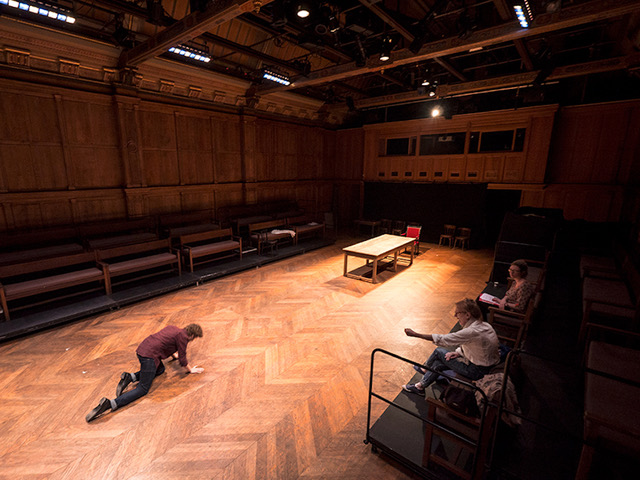
At one time, the winners of the exit competitions were reserved a place at the Comédie Française. As the years go by, the Frenchman is no longer able to accommodate them all. So the Conservatory adapts and now trains students in different skills: theater but also cinema and television. Also, since 1972, the Young National Theatre has been accompanying the former actors in their debut. Here, actors experiment with their ideas, meet with professionals and work on financing their projects.
In the near future, the Conservatory will join the Ateliers Berthier to form the large Cité du Théâtre. A new act will then open…


